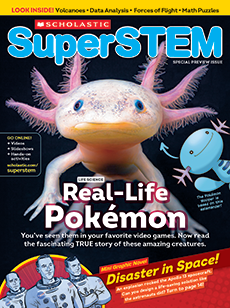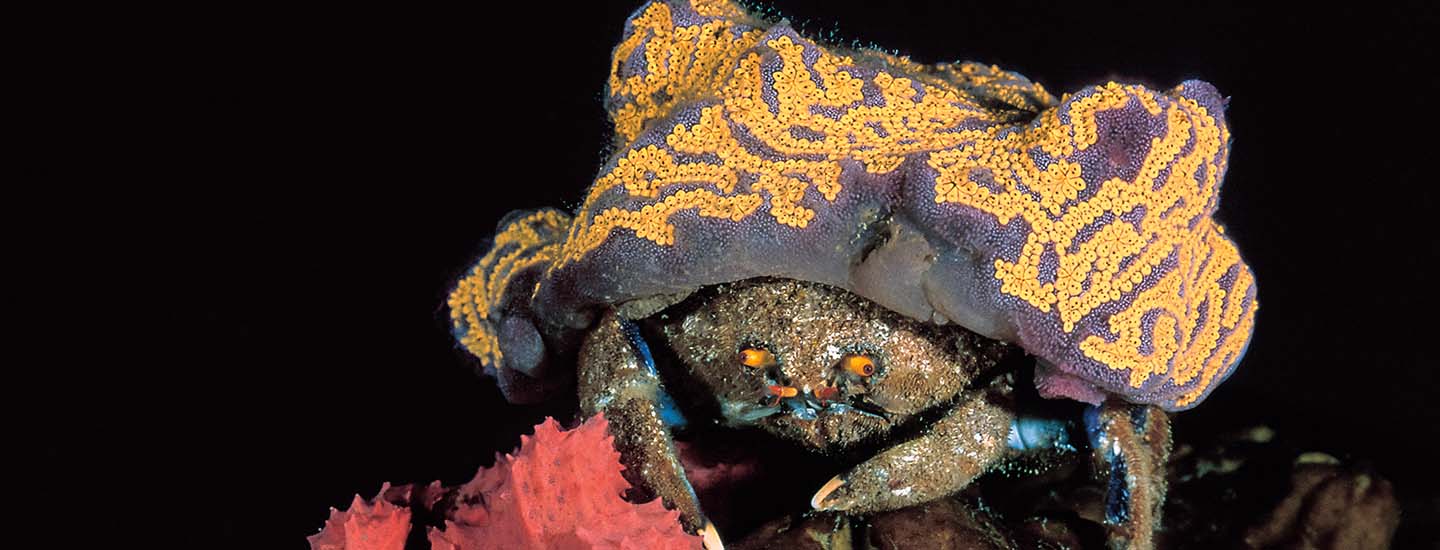Fred Bavendam/Minden Pictures
Can you spot the sponge crab?
You might put on a Spider-Man mask to hide your identity. Similarly, some animals wear their own sneaky headgear. To blend into the seafloor, the sponge crab designs a hat out of a live sponge!
Sponges are simple organisms that filter bits of food from water. After a crab selects a sponge for a hat and attaches it to its body, the sponge continues to grow. The crab keeps trimming its disguise so it stays the right size. If a predator does spot the crab and takes a bite, the foul-tasting sponge makes it wish it hadn’t.
Perhaps you like to put on a Spider-Man mask to hide who you are. Some animals wear their own sneaky hats. The sponge crab uses a live sponge as a hat! This helps the crab blend in with the seafloor.
Sponges are simple organisms. They filter bits of food from water. A crab selects a sponge for a hat. The crab attaches the sponge to its body. The sponge continues to grow. The crab makes sure the sponge stays the right size by trimming it. A predator might still spot the crab and take a bite. But the sponge tastes bad. The predator will wish it hadn’t attacked!

